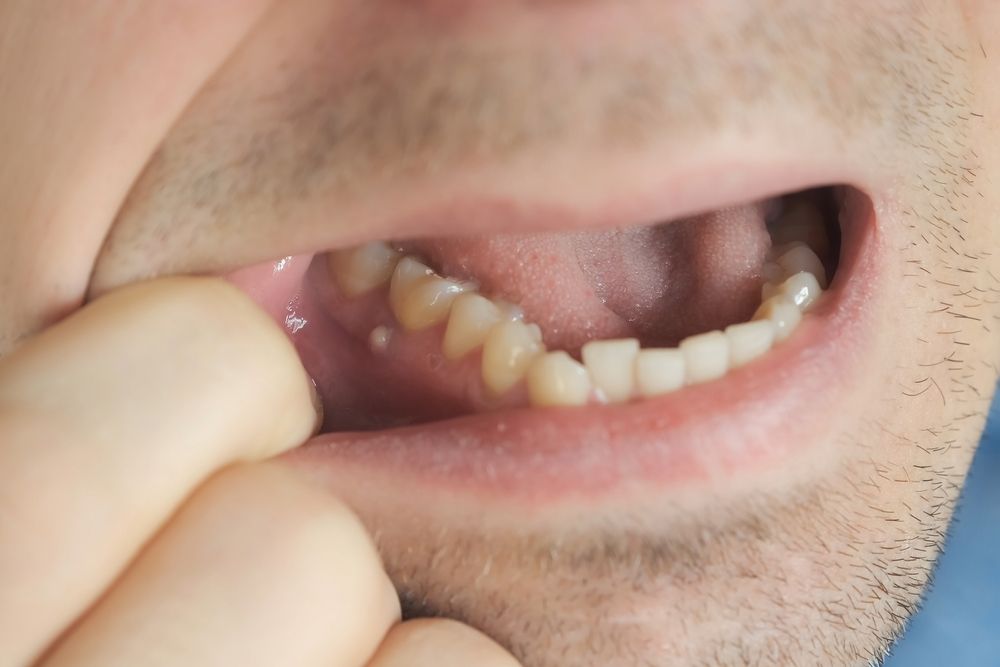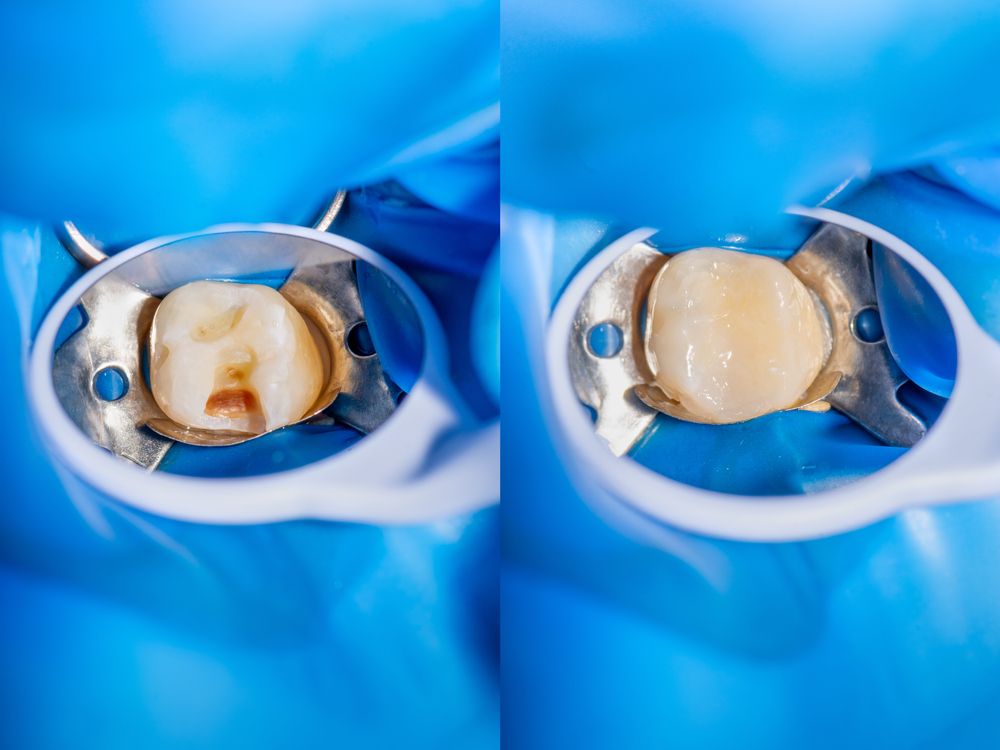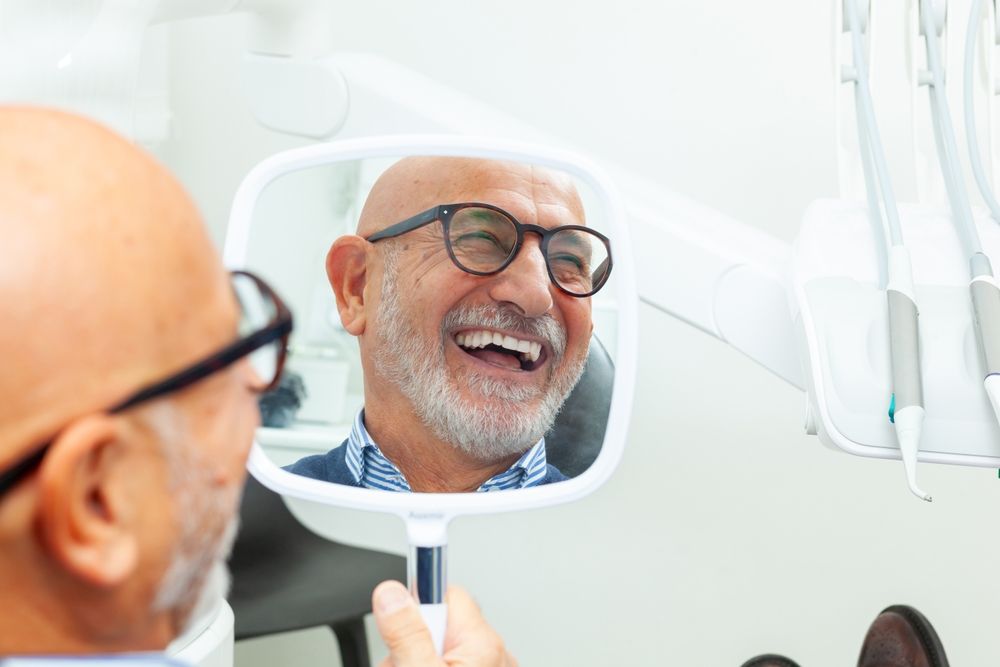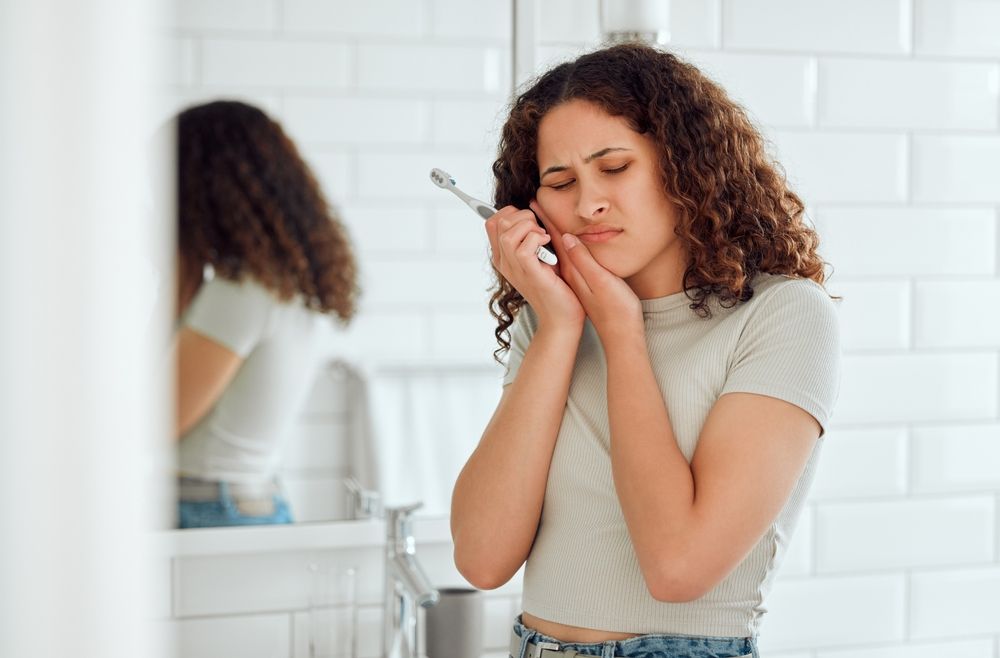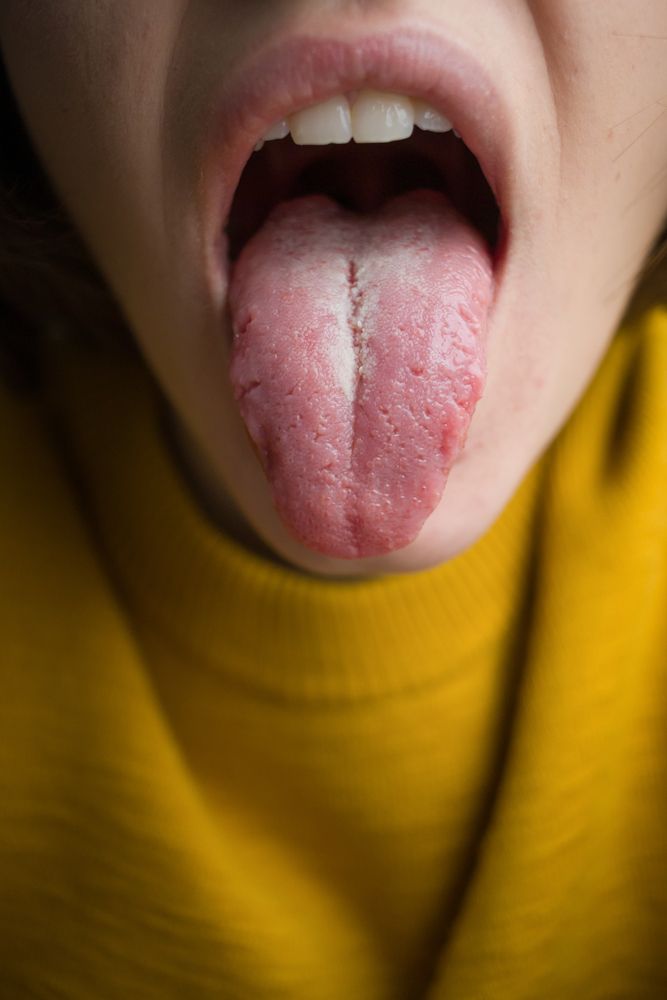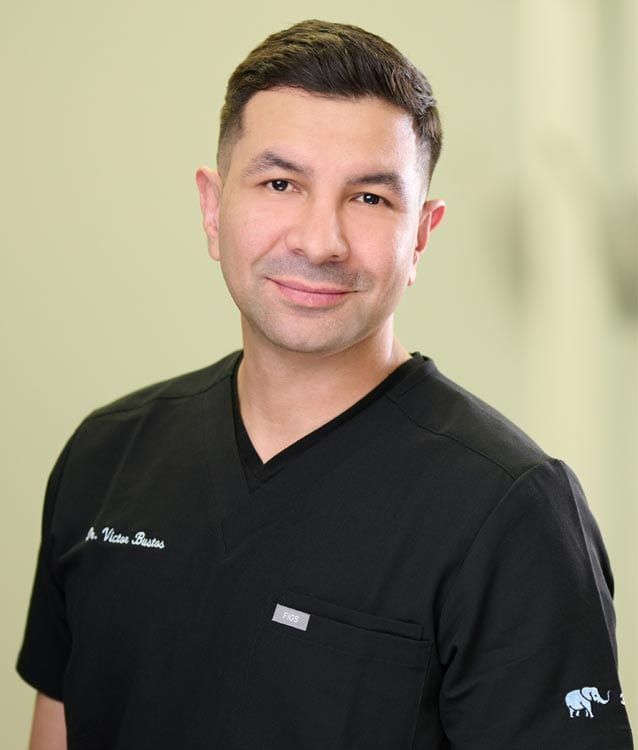Braces have been a broadly-used tool for correcting misaligned teeth for generations and have proven to be extremely effective. In spite of this, they do come with their own collection of complications, including difficulty brushing. The wires and mounting points of braces are often the site of decay as the result of this difficulty, but steps have been made to help lend a helping hand to those looking for a perfect smile. One of these efforts appeared in the form of a special adhesive that has been shown to have decay fighting properties, providing much-needed assistance to wearers of orthodontic devices.
How Orthodontics Can Promote Decay
Orthodontic appliances remain one of the most effective tools in your dentist’s toolbox for handling concerns such as misalignment or an incorrect bite. However, they are also associated with a form of decay known as white spot lesions. For those with orthodontics, these lesions will form around the points where the braces are affixed to the teeth. Plaque building up at these points can often be difficult to remove, giving it the opportunity it needs to cause this damage. The new adhesive in use in modern dentistry helps by battling the formation of the plaque and the damage it can cause.
“The most commonly affected [by white spot lesions] teeth are maxillary [upper jaw] central and lateral incisors and canines and mandibular [lower jaw] canines and bicuspids”
How Decay Is Prevented With This New Adhesive
The new form of adhesive that has been developed can directly affect bacteria and other living organisms. This property, known as bioactivity, is what makes it such an important breakthrough in dental medicine. This affects the health of your teeth in the following ways:
- By secreting a combination of phosphate, fluoride, and calcium onto the teeth
- These elements form into fluorapatite
- Fluoroapatite aids in the remineralization of the teeth and battling the growth of plaque
These processes make these adhesives an important part of effective treatment of dental concerns with orthodontics. The built-in ability of the adhesives to battle decay means that the difficulty experienced when trying to properly care for orthodontics such as braces has less of an impact in the long term.
This helpful substance was developed through research performed at the Queen Mary University of London. Thoroughly tested and proven to be capable and safe to use, it promises to help a significant number of dental patients. Surprising to some is the fact that of all patients receiving orthodontic care, over 25% of them are 18 or older. Patients throughout the world will be able to achieve the smiles they dream of with less concern about unsightly white spot lesions when the orthodontic appliance is removed. Dental patients across the country can rest easy knowing that this technology is in use in the majority of offices providing dental care providers throughout the area.

